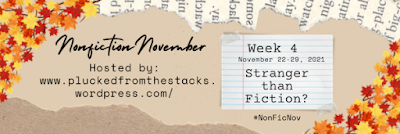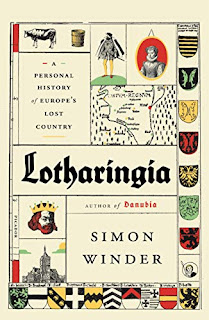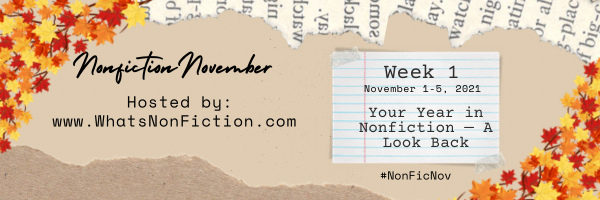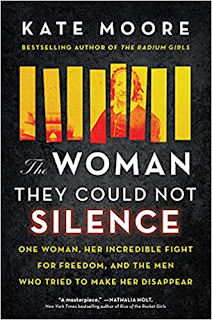Notes on a Silencing
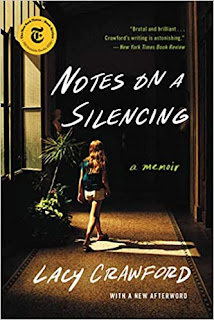
Notes on a Silencing: A Memoir, by Lacy Crawford Lacy Crawford is about the same age as I am, a year or so younger. She came from a semi-privileged background and her parents very much wanted to send her to a prep school and an Ivy League college, so at 14, off she went to St. Paul's, a very elite boarding school. In this memoir, which loops back and forth through her memories, she chronicles her experiences -- finding her place, enjoying sports and friends -- and then the devastating assault from two 18-year-old boys when she was 15. They bragged about what they'd done, and soon Lacy was not only traumatized and ashamed, she was a social pariah. And then she got sick. What Crawford wants to talk about, however, is not so much the attack -- awful as it was, it is also not unusual as these things go, and she is careful to say so. What really did the job on her, and countless other young students, was the school's reaction. Faced with undeniable evidence that a young g

